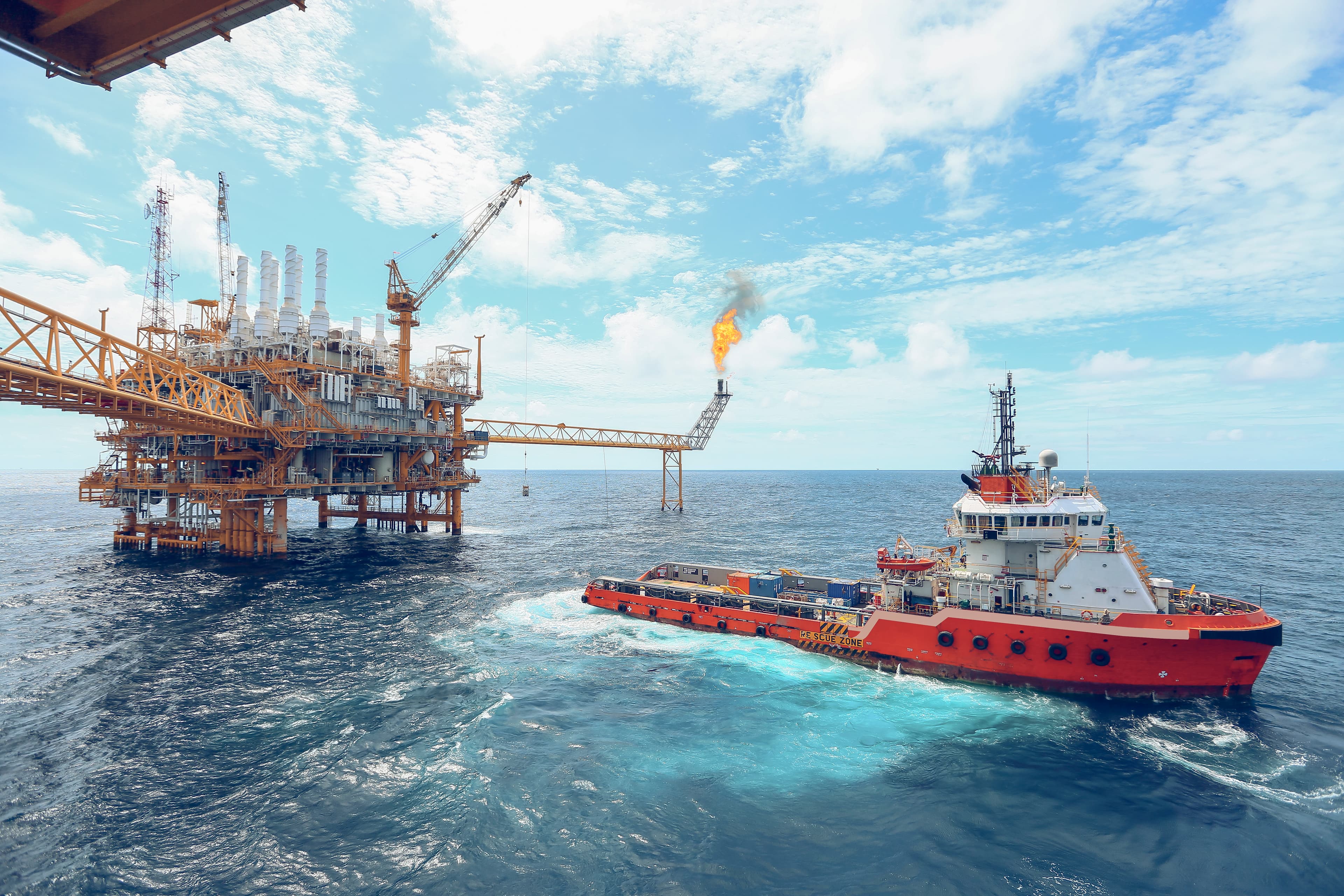
How Do Offshore Cranes Function?
Offshore cranes play a crucial role in maritime operations, particularly in the oil and gas industry. These engineering marvels are specifically designed to withstand the harsh environment of the sea while performing heavy lifting tasks. Understanding how they function is not just about the mechanics but also about appreciating the ingenuity involved in their design and operation.
The Basics of Offshore Crane Functionality
At their core, offshore cranes are similar to their onshore counterparts, but with several key adaptations. They are mounted on oil rigs, platforms, or ships and are used for a variety of purposes, such as constructing oil platforms, servicing rigs, and loading and unloading supplies and personnel.
1. Structure and Stability
Offshore cranes are built with robust materials to endure the corrosive marine environment. They are anchored securely to their base, which could be a ship or a platform. The base must be stable enough to support the crane’s operations, especially considering the variable weight of the loads and the movement of the sea. Advanced engineering goes into ensuring that the crane's structure can withstand not just the weight of the loads but also the forces exerted by waves and winds.
2. Power and Operation
Typically, offshore cranes are powered by hydraulic systems. This choice is due to the reliability and strength that hydraulic power offers, which is essential for lifting heavy loads. The crane operator controls the crane from a cabin using a series of levers and buttons. Modern cranes are often equipped with advanced technology such as cameras and sensors, aiding the operator in accurately and safely maneuvering loads.
3. Lifting Mechanism
The heart of an offshore crane's functionality is its lifting mechanism. This includes the boom, which is the crane's arm, the hook or lifting tool, and the winch system. The boom can be a fixed length or telescopic to allow for varying reach. The winch system, responsible for lowering and raising the load, must be exceptionally strong and reliable, given the heavy loads and the additional challenge of lifting from a moving base.
The Challenges and Innovations
Offshore crane operation is fraught with challenges. The most significant is the constantly moving sea, which can cause the crane to sway, making precise operations difficult. To counteract this, modern offshore cranes are often equipped with sophisticated motion compensation systems. These systems use sensors to detect movement and automatically adjust the crane's position to keep the load stable.
Another challenge is the weather. High winds, waves, and saltwater can all impact operations. Cranes must be built with materials resistant to corrosion and designed to withstand extreme weather conditions. Moreover, crane operators must be highly skilled and trained to handle these challenging conditions.
The Future of Offshore Cranes
The future of offshore cranes looks towards greater automation and remote operation. With advancements in technology, it’s becoming increasingly possible to operate these cranes from a remote location, which could significantly increase safety by reducing the number of personnel needed offshore.
Conclusion
Offshore cranes are a testament to human ingenuity in overcoming the challenges posed by the marine environment. Their design, operation, and the skill required to operate them are integral to various maritime operations, especially in the oil and gas industry. Understanding how they function gives us a glimpse into the complex interplay between engineering, technology, and the relentless forces of nature.